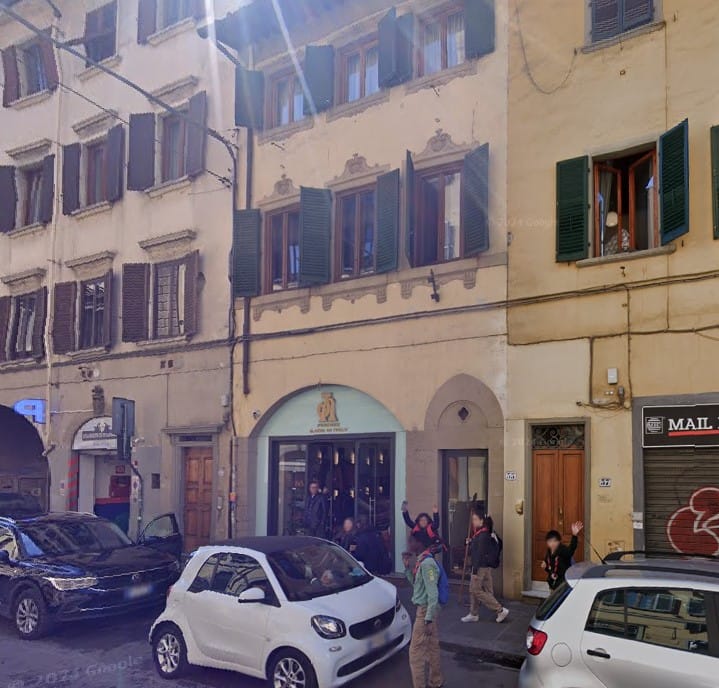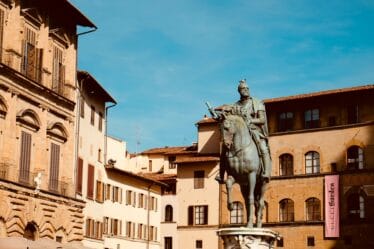

In the thirteenth century, the building housed houses and workshops of Lavatori and Tintori, who gave the name to the road, we are in Corso Tintori. Recent finds have confirmed the existence of tincture tanks, drainage channels and ovens. In the seventeenth century, the building was expanded deeply, reducing the courtyard and merged with neighboring buildings.
Under the Catanzaro family’s management, the Academy of Ingegnosi established a private theater in 1839 that subsequently became known as “of the Concordi” and featured comedies, many of which were penned by Giovan Battista Fagiuoli. According to Fantozzi, the theater was in operation until 1850. A very good audience and loggia, together with the stage and other annexes, were described by the author of the “new guide of the city of Florence and its outlines” as being accessible only with a special ticket given to members.
Following its demise, the facility was given to Filippo Berti’s “Dramatic Gymnasium”, which housed 35 declamation experiments until it was relocated to the Santa Caterina schools in 1854.
The theater is not referenced until 1914, when it was the first Chamber of Labor offices in Florence. A still visible marble plaque attests to his hosting of the union of Florence’s fascist unions from 1921 until 1937. He was bought at auction in the 1930s, went through several owners, and underwent renovations in 1956, during which I will make changes to the remaining medieval buildings. In 1968, the Superintendency bound the facade.



